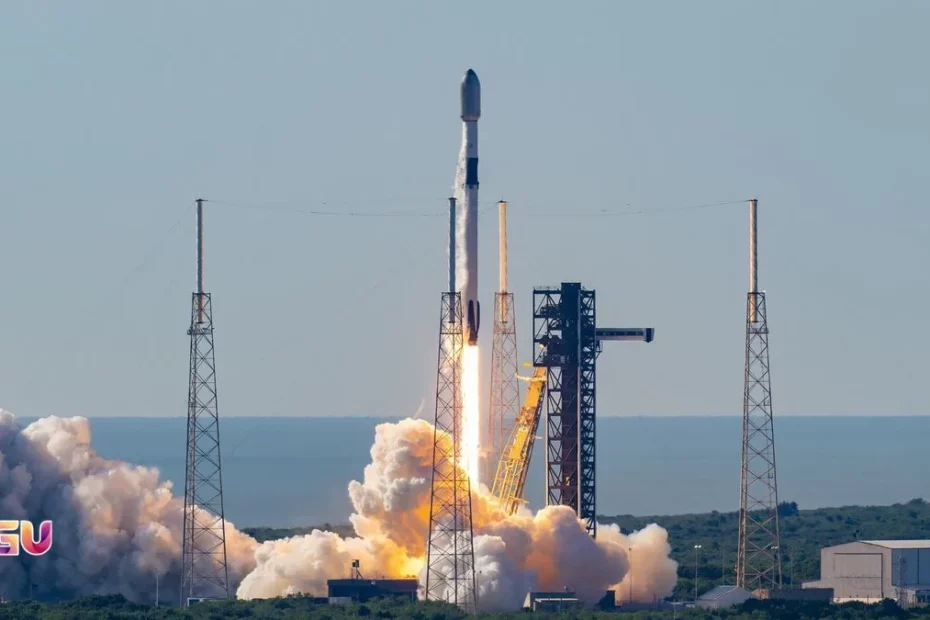Vandenberg, California — In another leap toward global broadband expansion, SpaceX launched 27 Starlink satellites into low-Earth orbit (LEO) from Vandenberg Space Force Base on Tuesday evening. The mission, named Starlink 11-22, lifted off at 7:40 p.m. EDT (4:40 p.m. PDT), showcasing the continued efficiency and reliability of the Falcon 9 rocket system.
This launch marked the 26th flight of the veteran Falcon 9 booster B1063, which successfully returned to Earth, landing on the drone ship Of Course I Still Love You stationed in the Pacific Ocean. The booster has now flown 18 Starlink missions, reinforcing SpaceX’s industry-leading reusability model that is driving down costs and accelerating launch frequency.
27 New Satellites Strengthen Starlink’s Growing Megaconstellation
The deployed Starlink satellites will gradually maneuver into their designated orbits using onboard propulsion. This mission brings the total number of operational Starlink satellites to over 7,600, further enhancing the network’s global internet capabilities. Starlink now provides high-speed connectivity across most of the planet—excluding only the polar regions—making internet access more accessible in underserved and remote areas.
Another Milestone in a Busy Year for SpaceX
The Starlink 11-22 mission was SpaceX’s 68th Falcon 9 flight and 71st overall mission of 2025, including test flights of the Starship spacecraft. The company’s rapid launch cadence underscores its commitment to a scalable, reusable space infrastructure and further cements its leadership in commercial spaceflight.
As SpaceX pushes the boundaries of aerospace engineering and broadband technology, each successful mission contributes to its long-term vision—bringing internet access to the farthest corners of the Earth and paving the way for deeper space exploration.
